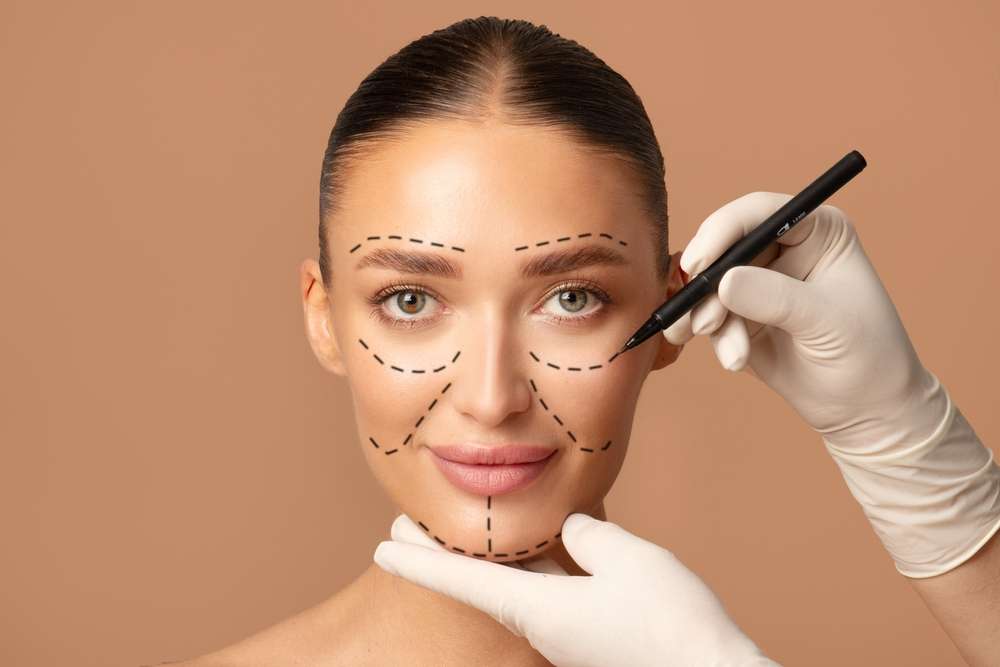Facial Fillers: A Practical Guide for Women and Aging Skin
Facial fillers are a minimally invasive way to restore lost volume, soften lines, and refresh contours. Learn how injectable fillers like hyaluronic acid work, what to expect for skin and aging, safety considerations, and how to choose a qualified provider before you book treatment.

This article is intended for informational purposes only and should not replace personalized medical advice. Consult a qualified healthcare professional for recommendations tailored to your needs.
How facial fillers work
Dermal fillers are gel-like materials placed beneath the skin to replenish volume and reshape facial contours. The most widely used are hyaluronic acid (HA) fillers, a naturally occurring substance that binds water and adds plumpness to treated areas. Other common options include calcium hydroxylapatite, poly-L-lactic acid, and longer-lasting or permanent implants. Some products act primarily as space-fillers, providing immediate lift, while others stimulate the body to produce collagen over several months. The final look depends on product selection, injection depth, the amount used, and the injector’s technique. Experienced practitioners tailor placement to each person’s facial anatomy to achieve subtle, natural results and minimize side effects such as swelling or bruising.
Who is a good candidate?
Many women elect fillers to address age-related volume loss or to enhance facial features. Ideal candidates are non-pregnant adults in generally good health who have realistic expectations about outcomes and understand that most fillers are temporary. A pre-treatment medical review identifies any contraindications, such as certain autoimmune diseases or active skin infections, that would make treatment inadvisable. During a consultation, discuss your goals, any prior procedures, medications, and whether combining treatments—such as neuromodulators, laser resurfacing, or skin-boosting therapies—would better meet your objectives. Choose licensed, credentialed providers and ask about local services and aftercare to ensure safe, individualized care.
Effects on the skin
Beyond volumizing, some fillers positively affect the skin above the injection site. Hyaluronic acid attracts and holds water, which can increase hydration and provide a subtle improvement in skin radiance and the appearance of fine lines. Biostimulatory fillers encourage collagen production, potentially improving skin thickness and resilience over time. That said, fillers are not a substitute for a comprehensive skincare routine, sun protection, or treatments aimed at surface texture and pigmentation. Complications such as lumps, asymmetry, or, in rare instances, vascular compromise can occur; risks are lowered when injections are performed by clinicians who understand tissue layers and precise injection planes.
Enhancing natural beauty
When applied conservatively, fillers can restore facial harmony and proportion rather than create dramatic, artificial changes. Thoughtful additions of volume to the cheeks, subtle contouring of the jawline, or gentle lip reshaping can refresh appearance while preserving individual features. A staged approach is wise: it is safer to add product in follow-up sessions than to overcorrect in a single treatment. Combining fillers with consistent skin care and non-surgical procedures can produce balanced, longer-lasting results that align with personal aesthetics. Bring reference photos and clearly communicate your goals with your provider to help them create a customized plan that flatters your unique face.
How fillers address the aging process
Aging typically involves the loss of facial fat, reduced skin elasticity, and repetitive muscle movement that creates dynamic lines. Fillers are most effective at replacing volume lost over time; restoring midface fullness can lift lower-face structures and soften deep folds such as nasolabial creases. For wrinkles driven by muscle action, neuromodulators that relax underlying muscles are often used in combination with fillers. Durability varies by product: many HA fillers provide results that last roughly 6 to 18 months, while certain biostimulatory materials promote collagen remodeling and may offer longer-term changes. Maintenance treatments are common to preserve outcomes. Recognizing the difference between structural support from fillers and procedures that tighten skin helps set realistic expectations—fillers excel at volumizing but work best as part of a comprehensive anti-aging strategy.
Safety, side effects, and decision points
Common side effects include temporary bruising, swelling, redness, and tenderness at injection sites. Less commonly, nodules or unevenness may develop; in rare cases, vascular occlusion can occur and requires immediate medical attention. Infections are possible but uncommon. To reduce risks, select an experienced, well-trained clinician who uses appropriate products and sterile technique. Review your medical history, disclose medications and supplements that affect bleeding, and follow pre- and post-procedure care instructions. Discuss how adverse events are managed and confirm that the provider has a plan for urgent complications.
Conclusion
Facial fillers provide a versatile, minimally invasive option for women seeking to replace lost volume, refine contours, and refresh the skin’s appearance without surgery. Results hinge on product choice, injection skill, and a plan that respects natural anatomy and the unique pattern of aging. A thorough consultation with a qualified provider, awareness of potential risks, and realistic expectations will help you achieve subtle, flattering results that enhance—rather than mask—your natural beauty.






